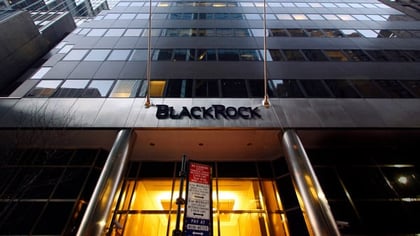 Source: SS&C analysis of company earnings reports.
Source: SS&C analysis of company earnings reports.
Cumulative assets under management for a composite group of 15 publicly traded asset managers decreased by $10 billion in the first quarter, SS&C Technologies Holdings reported Wednesday.
Twelve of the 15 firms experienced a decline as cumulative assets fell from $12.578 trillion in the fourth quarter to $12.568 trillion. This was the composite group’s first quarterly market depreciation since the third quarter of 2015, according to the report.
Reduced assets under management resulted in lower asset-generated fee revenues, leading to lower operating margins.
On a positive note, the 26% net income recorded by the composite group was the best level in 16 quarters, as projected tax rates reflected the new corporate tax reform law.
“During the first quarter of 2018, operating margins for the public asset management firms declined from an all-time high achieved in the fourth quarter of 2017,” Michael Andrews, SS&C’s head of investment products research and consulting, said in a statement.
“While the globally synchronized “Goldilocks economy” is likely not rolling over, market volatility — that came on with a vengeance during Q1 — sequentially drove down AUM, asset-generated fees and consequently impacted margins. While the asset management industry is still quite profitable, the lingering question going forward will be whether we have encountered a turning point in the trend line.”
SS&C performs consolidated financial statement analysis using the public quarterly earnings of the composite of 15 asset management firms. Analysis includes an adjustment to operating margins to account for one-time charges, but does not include adjustments for stock-based compensation and goodwill amortization as there are variances in reporting by individual asset management firms.
These firms were included in the research: Affiliated Managers Group, Alliance Bernstein, Artisan Partners, BlackRock, Cohen & Steers, Federated Investors, Franklin Templeton, Gamco, Invesco, Janus Henderson Group, Legg Mason, Pzena Investment Management, SEI, T. Rowe Price and Waddell & Reed.
Absent from the research was Vanguard, which is not publicly traded and had $5.1 trillion in AUM as of Jan. 31.
AUM Decline
SS&C noted that the first quarter started off with a continuation of strong economic momentum from the second half of 2017, coupled with stronger-than-expected fourth-quarter earnings. By February, however, equity prices had plummeted despite multi-decade-high business confidence because of concerns over inflation and increased market volatility.
By the end of March, fears of a global trade war had further destabilized financial markets with proposals for stiff tariffs on steel and aluminum products, sparking trade disputes with China.









 July 11, 2018 at 02:56 PM
July 11, 2018 at 02:56 PM











